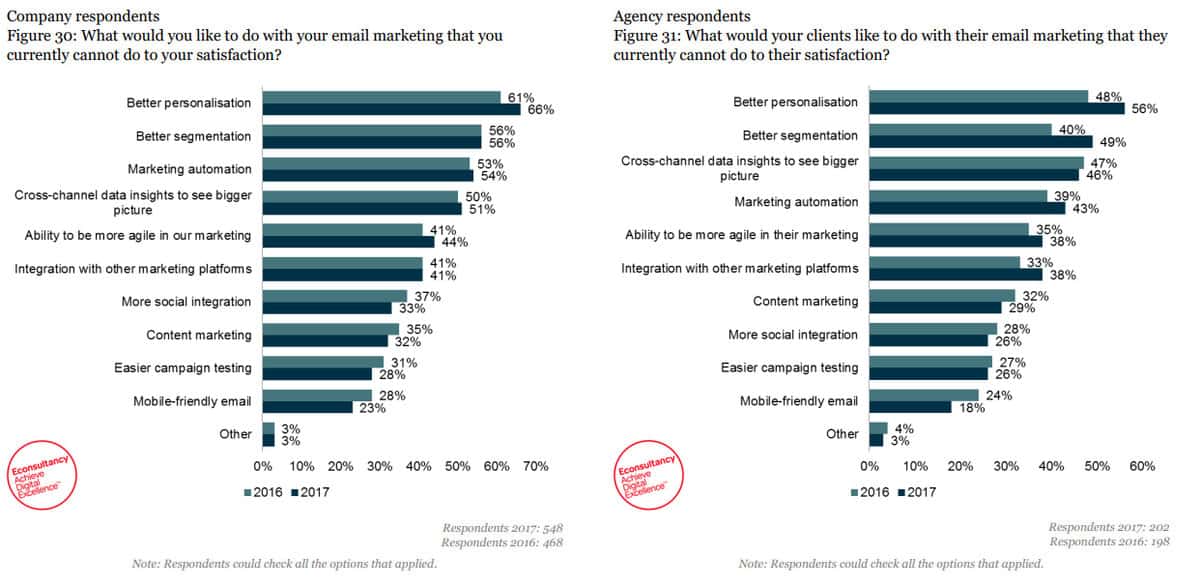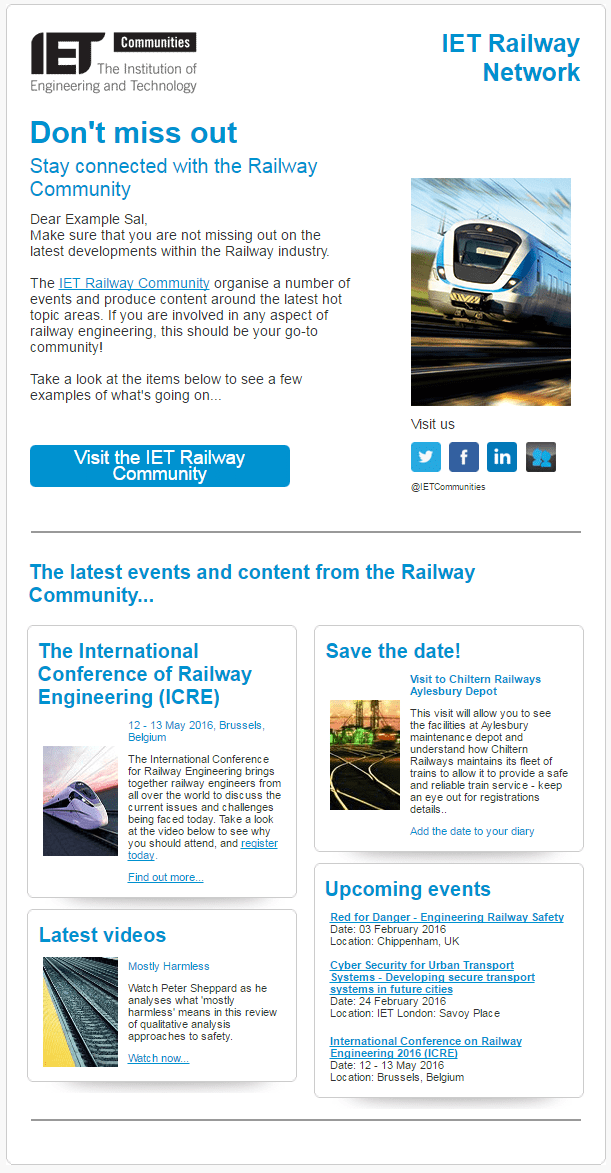For some marketers, data segmentation can be a very overwhelming concept.
But in fact, basic segmentation can be easily achieved. It as simple as asking the following questions:
Has the receiver opened the email?
Have they clicked on the call to action?
If you filter your data based on these 2 questions you should be able to see improvements in open rates, click through rates and, potentially, ROI. Once you have these answers you can create different journeys based on the person’s behavior. For example, you can send that email again to non-openers, perhaps slightly changing the subject line.
To the contacts that have shown enough interest to open the email but not enough to click, it would be worth considering making some changes to your content. Even if they have clicked on the CTA, sending them a follow-up email with more information could result in them making another purchase and even becoming a loyal brand advocate. Based on a contact’s reaction to your initial email, you can easily create a successful strategy.
According to our 2017 Email Marketing Census in partnership with Econsultancy, 91% of marketers plan to use basic segmentation this year. Both company and agency respondents acknowledged that better segmentation is the second area of improvement they need to work on.

The Census has also revealed that marketers using advanced segmentation are 4 times more likely to report excellent ROI than those who don’t segment at all. A good starting point is looking at the type of data you have. In a previous blog, our Customer Success Manager Suzy Carter-Kent analysed segmentation with regards to the 3 types of data used:
- Reported data.
- Behavioural data.
- Transactional data
So, why does everyone strive for advanced segmentation? Well, it’s because the benefits are indisputable:
- Increase in ROI.
- Better personalization.
- The opportunity to enrich your data.
- Boost in open and click-through rates, as well as overall engagement.
- Improved and enhanced automated customer journeys.
- …plus, many, many more!
Essentially, while your KPIs may differ, at least one of the above is present on your list. In this example, IET built this re-engagement program separating contacts who hadn’t opened any emails for 6-4 months and new subscribers from the rest of their contact list. This program re-engaged 8,360 contacts, increased overall open rates by 7.4% YoY, as well as clic rates by 40% YoY.
So, as I’ve mentioned at the beginning of this blog, segmentation can be easily achieved. You don’t even need a spreadsheet full of data. Start with one step at a time. Check what data you have and what type of segmentation works for you, and start segmenting your campaigns accordingly.

